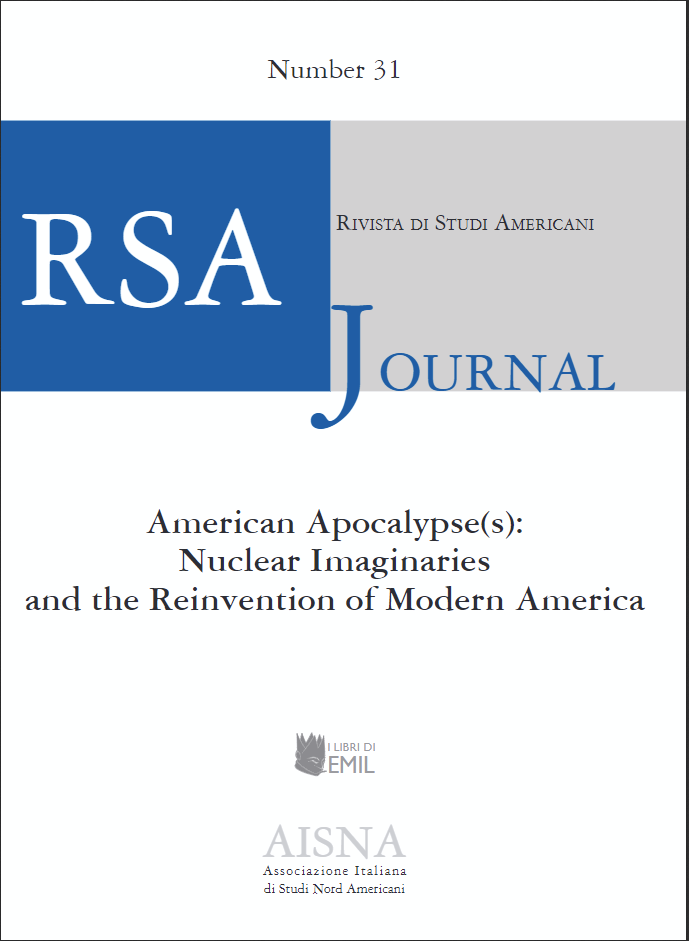Spaceship Earth
Nuclear Age Representations of Life After the Apocalypse
DOI:
https://doi.org/10.13135/1592-4467/8498Keywords:
nuclear age, apocalypse, spaceship earth, Cold WarAbstract
Over two decades into the atomic age, a group of futurists, science fiction writers and forward-thinking environmentalists began to consider how humanity might survive after earth. Their plans ranged from ecologically-safe spaceships to satellite-based societies. They were inspired by the real possibility of an earth left inhabitable, either by nuclear war or ecological devastation. From the mid-1960s to the early 1970s, a small number of visionaries established tropes and plans that remained in popular culture well after the Cold War. This essay examines those ideas and their representations in film, television, and literature, and shows the staying power of “spaceship earth” from the 1960s up to the present day.
Downloads
Published
Issue
Section
License
RSAJournal will apply a CC BY 4.0 license to all its contributions starting with issue 37 (2026). Previous issues are licensed under a CC BY-NC-ND licence.





